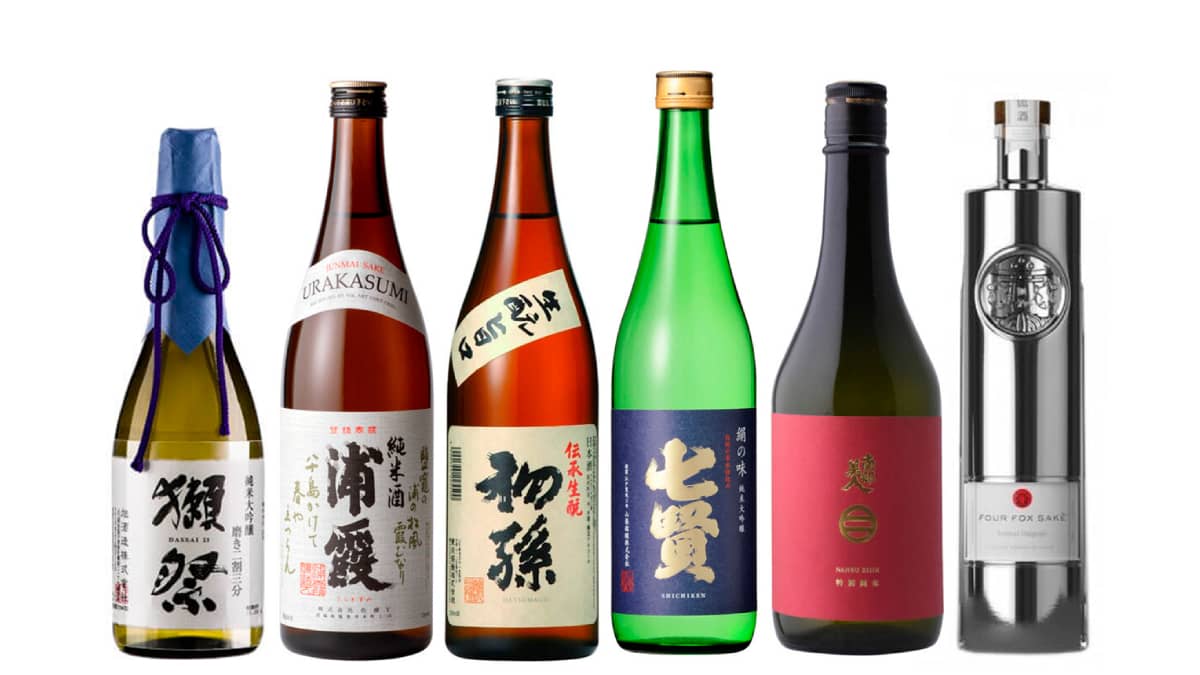Saki Rice Wine
Introduction:
Sake, a traditional Japanese rice wine, holds a special place in Japanese culture and has gained popularity worldwide. With its distinct flavors and centuries-old brewing techniques, sake has become a symbol of craftsmanship and tradition. In this comprehensive blog, we will dive into the fascinating origins of sake, its cultural significance, and the meticulous process that goes into creating this revered beverage.
- The Ancient Roots of Sake: Sake’s origins can be traced back to ancient Japan, with records dating back over 2,000 years. Initially known as “nihonshu,” sake was first brewed for religious rituals and ceremonies. Explore the historical context and cultural significance of sake’s early beginnings.
- The Brewing Process: Delve into the intricate process of sake production, from the selection of premium rice grains to the final bottling. Explain the steps involved, such as rice polishing, fermentation, and pasteurization. Highlight the crucial role of koji (mold), water quality, and yeast strains in creating unique flavor profiles.
- Ingredients that Shape the Flavor: Examine the primary ingredients of sake and their impact on the final product. Discuss the different types of rice used, such as Yamadanishiki or Gohyakumangoku, and how the polishing ratio affects the flavor and aroma. Elaborate on the importance of the brewing water and the role it plays in producing high-quality sake.
- Sake Classifications and Styles: Introduce readers to the diverse range of sake classifications and styles. Explain the differences between Junmai, Honjozo, Ginjo, and Daiginjo sakes, highlighting their varying rice polishing ratios and brewing techniques. Showcase the flavor profiles associated with each style, from delicate and fruity to rich and robust.
- The Role of Sake in Japanese Culture: Discuss the cultural significance of sake in Japan. Explore its presence in traditional ceremonies like Shinto weddings, New Year celebrations, and festivals such as Hanami (cherry blossom viewing). Shed light on the art of sake pouring, proper etiquette, and the customs associated with sake-drinking.
- Sake and Food Pairing: Highlight the versatility of sake as a beverage that complements a wide range of cuisines. Provide insights into the principles of sake and food pairing, offering suggestions for optimal combinations. Discuss the concept of “koshu” (aged sake) and how it can enhance certain dishes.
- The Global Influence of Sake: Examine sake’s expanding popularity beyond Japan’s borders. Explore the rise of sake breweries worldwide and how international brewers are putting their unique twists on this traditional beverage. Share stories of sake enthusiasts who have embraced the art of sake brewing in their own countries.
- Sake Appreciation and Tasting: Offer tips on how to appreciate and taste sake properly. Discuss the importance of temperature control, glassware selection, and mindful sipping. Provide a simple tasting guide, explaining the characteristics to observe, such as aroma, sweetness, acidity, and finish.
- Future Trends and Innovations: Highlight the ongoing evolution of sake in the modern era. Discuss recent innovations, such as sparkling sake and flavored infusions, and how they are attracting new audiences. Explore the sustainability practices and initiatives within the sake industry.
Conclusion:
Sake’s rich history, complex brewing process, and cultural significance make it a truly remarkable beverage. From its ancient origins to its growing global presence, sake has transcended boundaries and captivated the taste buds of people around the world. By understanding the origins, traditions, and craftsmanship behind sake, we can deepen our appreciation for this revered rice wine and continue to explore its diverse flavors and styles.



